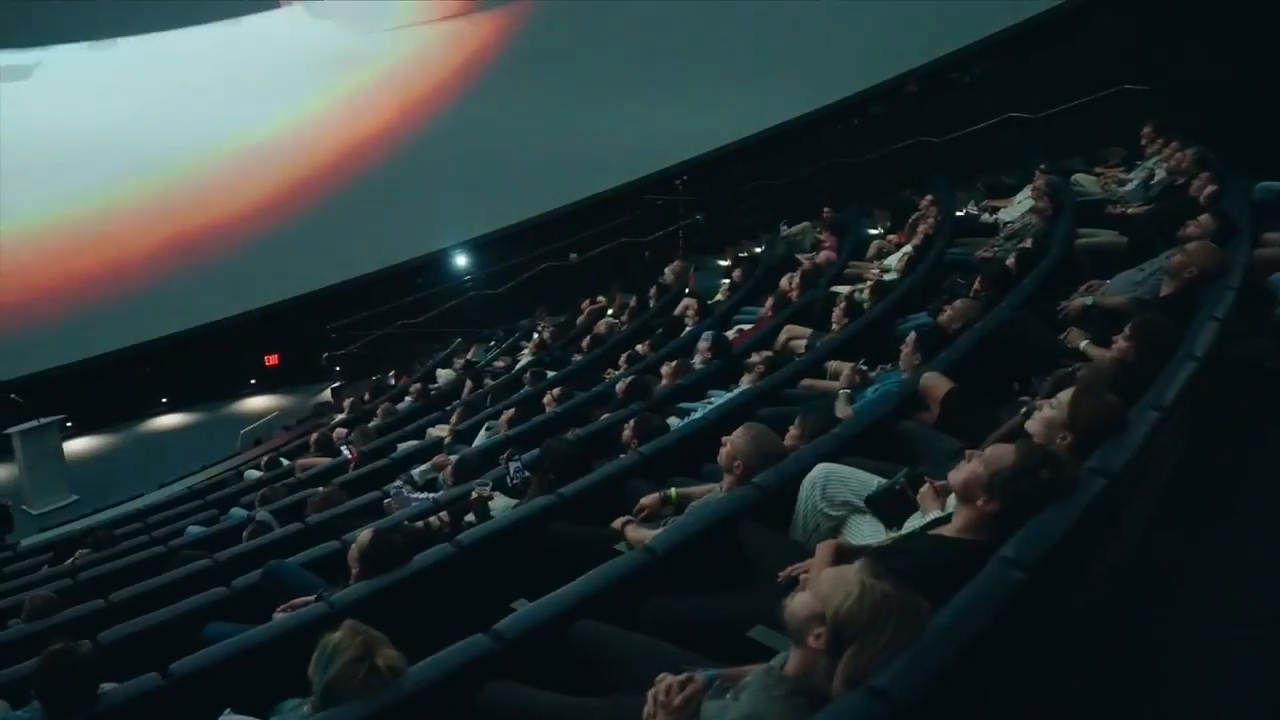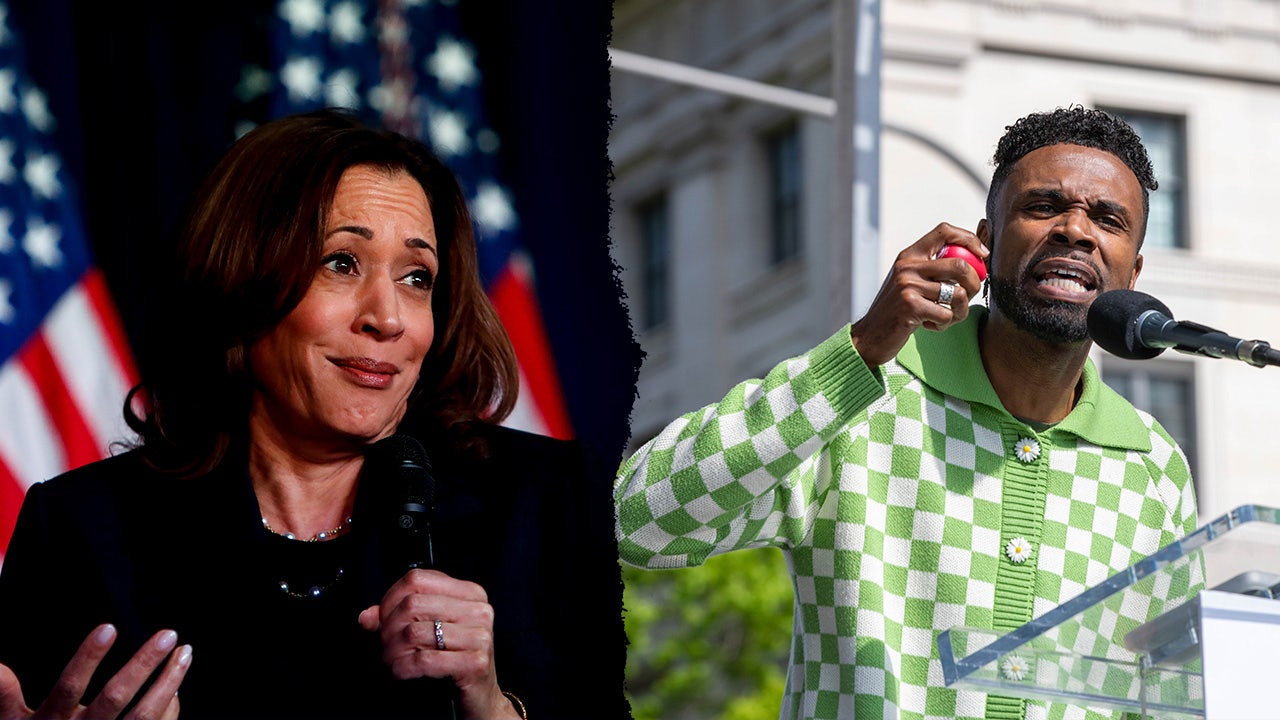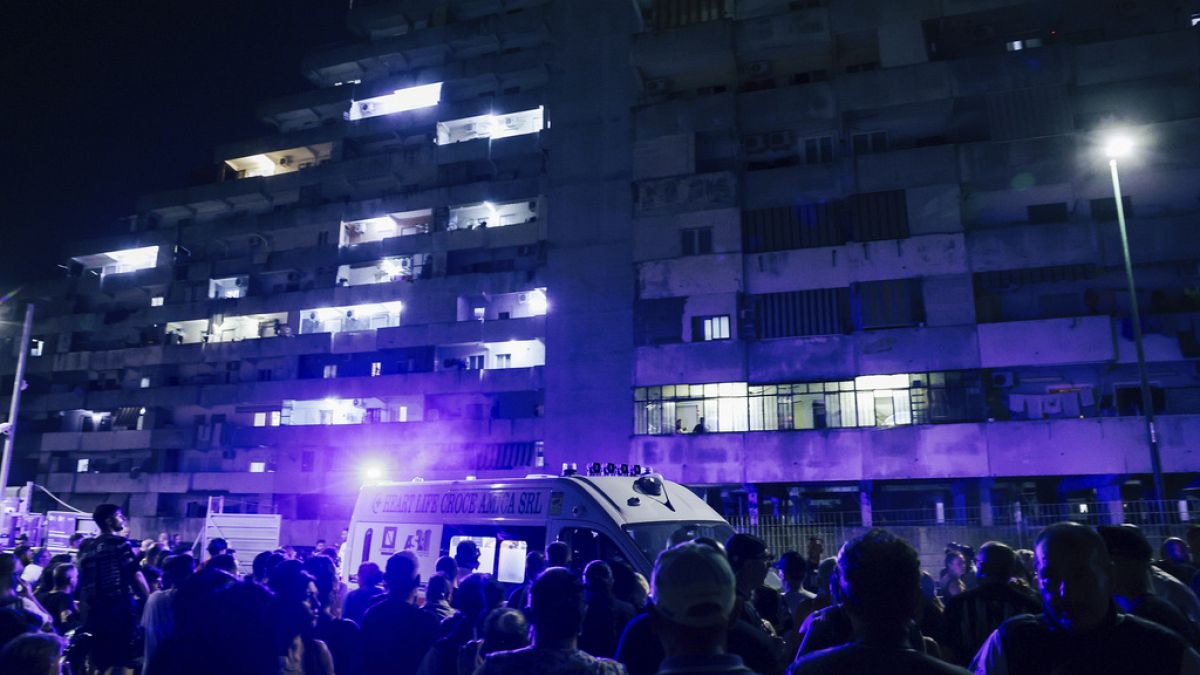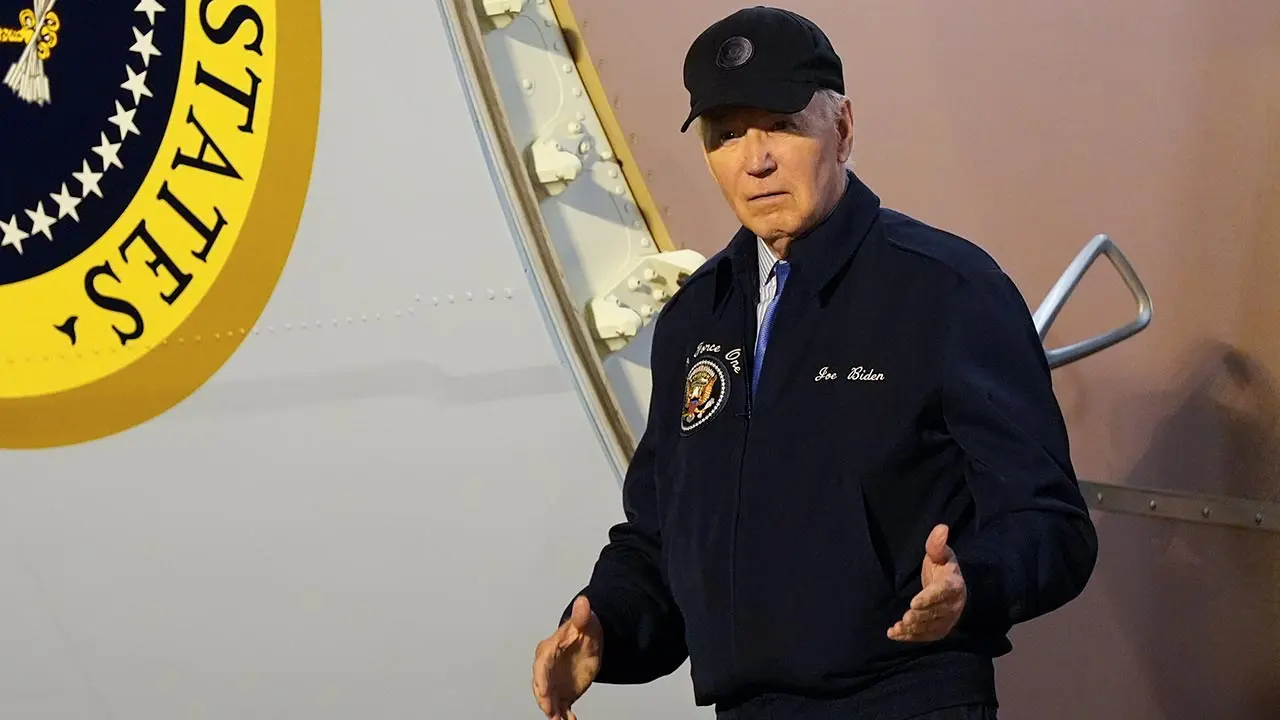Minneapolis, MN
Residents see many benefits from pedestrian bridge over Mississippi River linking North and Northeast Minneapolis

The long-discussed prospect of a pedestrian and biking bridge connecting north and northeast Minneapolis over the Mississippi River is finally in the works, and it has residents buzzing.
Up to 100 people from across the city turned out Tuesday for the Minneapolis Park and Recreation Board’s latest open house for the project. Nine attendees interviewed by the Star Tribune expressed excitement for a bridge that would expand access to the riverfront and connect two neighborhoods separated by more than 500 feet of water for those on foot and bikes or other small wheels.
“It’s something we’ve been dreaming about it,” said Mariam Slayhi, the president of the Bottineau Neighborhood Association in northeast. “We’ve been left separated, both sides of the river.”
The idea of a non-vehicular bridge connecting the two neighborhoods has been floated for around 25 years. Last fall, the park board began preliminary design work for a crossing that would connect N. 26th Avenue, on the west side of the river, to an area just south of NE. 18th Avenue, on the east side.
The east side landing would also include new trail paths leading down to the water, a dock and an outpost building for watercraft storage and classroom space for community use.
The plan — currently estimated to cost up to $35 million for just the bridge — still faces at least a five-year road before any grand opening, according to Tyler Pederson, the project manager. Concept designs are expected to be submitted to the park board by late summer.
But many residents felt confident Tuesday that the bridge would come.
The event marked the park board’s second open house for the project. Two bridge designs were presented: one for a wooden truss bridge with an overhead cover and the other for an arched steel bridge.
The potential for a crossing is exciting to many because it would connect the city’s two segments of the Great Northern Greenway, which stretches west to Theodore Wirth Park and east to Sunset Cemetery. A connection would streamline non-vehicular access to schools, businesses and the river itself on both sides.
North Minneapolis has largely been shut off from the river by industrialization and the construction of Interstate 94, which destroyed hundreds of homes in the 1960s.
“We don’t have a lot of access,” said Meg Luce, a North side resident.
Ted Tucker, an advocate for river access, said the east side landing of the bridge would be a destination for North Minneapolis.
“(It) would be a marvelous facility to get people down to the river,” he said.
The bridge would sit between the Lowry Avenue Bridge and the Burlington Northern Sante Fe Railway Bridge. Pederson said about 100 people already cross the latter bridge every day, despite it being designed only for trains.
Multiple people at the open house admitted they’ve used the railway crossing on foot.
“I’m all in favor of an elegant solution,” said Richard Rubenstein. “I think there’s a need.”

Minneapolis, MN
MN Police Group Files Ethics Complaint Against Mary Moriarty

MINNEAPOLIS — The Minnesota Police and Peace Officers Association filed an ethics complaint Tuesday against Hennepin County Attorney Mary Moriarty.
- Moriarty made numerous extrajudicial statements for publication with the intent to prejudice a jury.
- Moriarty repeatedly made false statements regarding key issues in the case in the press and court documents
- Moriarty undermined the administration of justice through her repeated lies, disregard of key facts, and other conduct she has admitted to being politically motivated
“Moriarty’s obviously unethical conduct can be explained only by a desire to prosecute a peace officer—regardless of the facts—to achieve political ends,” the association’s executive director, Brian Peters, said in a statement.
“Moriarty admitted that even the decision to finally dismiss this case was based on her preferred policy goals, and not in the interests of justice.”
In a statement to the Star Tribune, Moriarty’s office wrote that: “This is an unsurprising action by the MPPOA, an organization that has consistently lobbied against attempts to hold law enforcement accountable and opposed regulations that would ban law enforcement from being involved in white supremacist groups.”
Read the entire complaint here.
Minneapolis, MN
Minneapolis City Council considers another $1.4 million in workers’ comp settlements with cops • Minnesota Reformer

The Minneapolis City Council is poised to approve another $1.4 million in workers’ compensation settlements with 10 former police officers.
A council committee voted 5-1 Monday to approve the settlements, with only Chair Robin Wonsley voting “no.” The settlements await an Aug. 1 vote by the full council.
Since the murder of George Floyd, hundreds of Minneapolis police officers have left their jobs, with most retiring early, claiming post-traumatic stress disorder and getting disability pensions and workers’ compensation benefits.
In the first two years after Floyd’s murder, the Minneapolis City Council approved over $22 million in workers’ compensation settlements for 144 Minneapolis police officers, rejecting a settlement with an officer just once; he had been involved in an excessive force case.
The council has since approved millions more in settlements.
A $125,000 settlement with former MPD officer Christopher Cushenbery was sent back to city staff Monday because “there may have been an error,” Wonsley said.
Cushenbery was part of a SWAT team that drove around in an unmarked van firing 40-mm “less lethal” plastic projectiles at curfew-violators without warning five days after George Floyd’s killing. On the night of May 30, 2020, the SWAT team’s unmarked, white cargo van crept down Lake Street. Protests had ebbed but a curfew was in effect.
Cushenbery was the first officer to fire marking rounds at a small group of people standing in a Lake Street parking lot, hitting St. Paul truck driver Jaleel Stallings in the chest. Stallings fired back with his pistol, for which he had a permit. He testified later that he didn’t know the shots came from a van full of police officers or that they were 40-mm rounds as opposed to real bullets.
Under MPD policy, officers weren’t supposed to use 40-mm rounds to target a person’s head, neck, throat or chest “unless deadly force is justified,” because they could cause “permanent physical or mental incapacity or possible death.”
After Stallings fired back, the SWAT team piled out of the van and two officers beat him bloody. Stallings was hospitalized with a fractured eye socket, even as police and prosecutors painted him as a would-be cop killer. Stallings claimed self-defense, and was acquitted by a jury of eight charges, including two counts of attempted murder.
Cushenbery didn’t mention to investigators that the officers fired first, according to court documents.
Cushenbery left city employment in April 2021, and receives a state disability pension payment of over $5,100 per month.
Some council members have voted against past police workers’ comp settlements. Wonsley has said that many departing officers “engaged in gross misconduct that have produced many victims and have cost taxpayers over $77 million in liability settlements” since 2012.
Workers’ comp is insurance that helps workers who are hurt on the job. The City Council has been advised by its legal counsel that settling the workers’ comp cases with lump sum payouts is cheaper than going to trial. There’s no guarantee the city would win, and it could end up paying more.
City officials have said past misconduct is not legally relevant to whether the city has to pay workers’ comp benefits, and often lump sums are paid out for a fraction of the expected total liability. The money is paid out of the city’s self-insurance fund, which means city taxpayers — rather than an insurance company — would pay for the settlements if the council approves them.
Minneapolis, MN
Minneapolis park board strike at the crossroads following overwhelming rejection of latest contract offer
The strike by 200 workers at the Minneapolis Park and Recreation Board (MPRB) reached a new stage on July 19 when workers voted by a 91 percent margin to reject management’s latest offer.
Their strike, which began on July 4 and is now well into its third week, must break out of the isolation being imposed upon it by the union bureaucracy, and make appeals to workers across the city and the country to rally to their support.
The MPRB has made it clear that it will not budge and aims to starve out the strikers. They want to maintain a permanent cheap labor force on the city’s nationally acclaimed 185 parks and other properties such as beaches, pools, trails and golf courses.
Workers are fighting to establish comparable living standards with other park board workers in the Minneapolis-St. Paul metropolitan region. Laborer’s International Union of North America (LiUNA) Local 363, which covers the workers, found in a regional survey that MPRB workers’ wages are underpaid by between $8 and $15 an hour.
The resounding “no” vote by the rank-and-file shows that workers are not intimidated and are determined to keep up their fight until they win their demands. LIUNA, meanwhile, is preparing the way for a sellout to shutdown the strike.
The union bureaucracy has stated that the board’s 10.25 percent wage offer in the latest contract proposal is acceptable, despite the fact that it is spread out over three years and does nothing to combat inflation. The union’s eagerness to end the strike as soon as possible was evident in bringing this proposal to a vote in the first place.
AJ Lange, business manager of LiUNA Local 363, declared, “This overwhelming vote leaves no room for doubt. We’re ready to end this strike today, but management needs to stay at the table and show real commitment to bargain. If they step up, we’ll have this resolved in no time.”
This amounts to a plea to management to “come together” at the table to end the strike with a sellout deal. Countless strikes across the US and the world have been shut down in this fashion, with the union claiming that management has finally “negotiated in good faith,” while concealing major concessions until after the deal has been ratified.
MPRB workers must be on guard against both attempts to prematurely end the strike and against attempts to soften workers up on the picket line before ramming through a sellout. To countermand any decisions which undermine workers’ strength or violate their democratic will, they must form a rank-and-file strike committee to assert control over the struggle.
In addition to the below-inflation pay increase, the contract proposal which LiUNA put to a vote was filled with other concessions. Management wants to reduce the scope of seniority; step wage increases, which normally apply to all workers, are to be turned into merit increases awarded at management’s whim. As MPRB superintendent Al Bangoura revealed in a letter to the Minneapolis City Council, “Such increases may be withheld or delayed in cases where the employee’s job performance has been of a less than satisfactory level…”
Meanwhile, management is digging in its heels. Last week, the MPRB filed an unfair labor practice charge against LiUNA over strikers urging truck drivers to honor their picket lines at two parks and at the MPRB’s Southside Operations Center. Minneapolis Park Police were brought in to aid the transfer of food deliveries to one of its park concession facilities. The MPRB has also threatened to seek a restraining order against pickets.
Leading the charge against striking workers is the state Democratic Party, known as the Democratic Farmer-Labor Party (DFL). All nine commissioners and the superintendent for the MPRB are Democrats.
The Democrats, like the Republicans, represent the city’s corporate interests and their agenda. Tens of billions of dollars are being squandered on the Biden administration’s war in Ukraine and the Gaza genocide.
No one should be fooled by the recent DFL-dominated Minneapolis City Council resolution claiming to support strikers, or the offer by DFL Mayor Jacob Frey to involve himself in the contract talks. These stunts were only fabricated for public consumption, while they prepare through the MPRB to break the strike.
The Minneapolis park board strike is at a critical point. In order for strikers to open up a new path of struggle, they must take the conduct of the strike into their own hands by forming rank-and-file committees that will break their isolation by turning to the power of the working class and forging a united front, combining all the struggles of the working class into one.
Sign up for the WSWS email newsletter
-

 Politics1 week ago
Politics1 week agoTwo key states to see massive GOP voter registration operation
-

 World6 days ago
World6 days agoOne dead after car crashes into restaurant in Paris
-

 News5 days ago
News5 days agoVideo: Young Republicans on Why Their Party Isn’t Reaching Gen Z (And What They Can Do About It)
-

 News7 days ago
News7 days agoIn Milwaukee, Black Voters Struggle to Find a Home With Either Party
-

 News1 week ago
News1 week agoVideo: Biden Asks America to ‘Lower the Temperature’
-

 World1 week ago
World1 week agoUkraine: shelling in Kherson leaves at least two people dead
-

 World4 days ago
World4 days agoFreshers' week in Strasbourg for new EU lawmakers
-

 Politics5 days ago
Politics5 days agoFox News Politics: The Call is Coming from Inside the House















